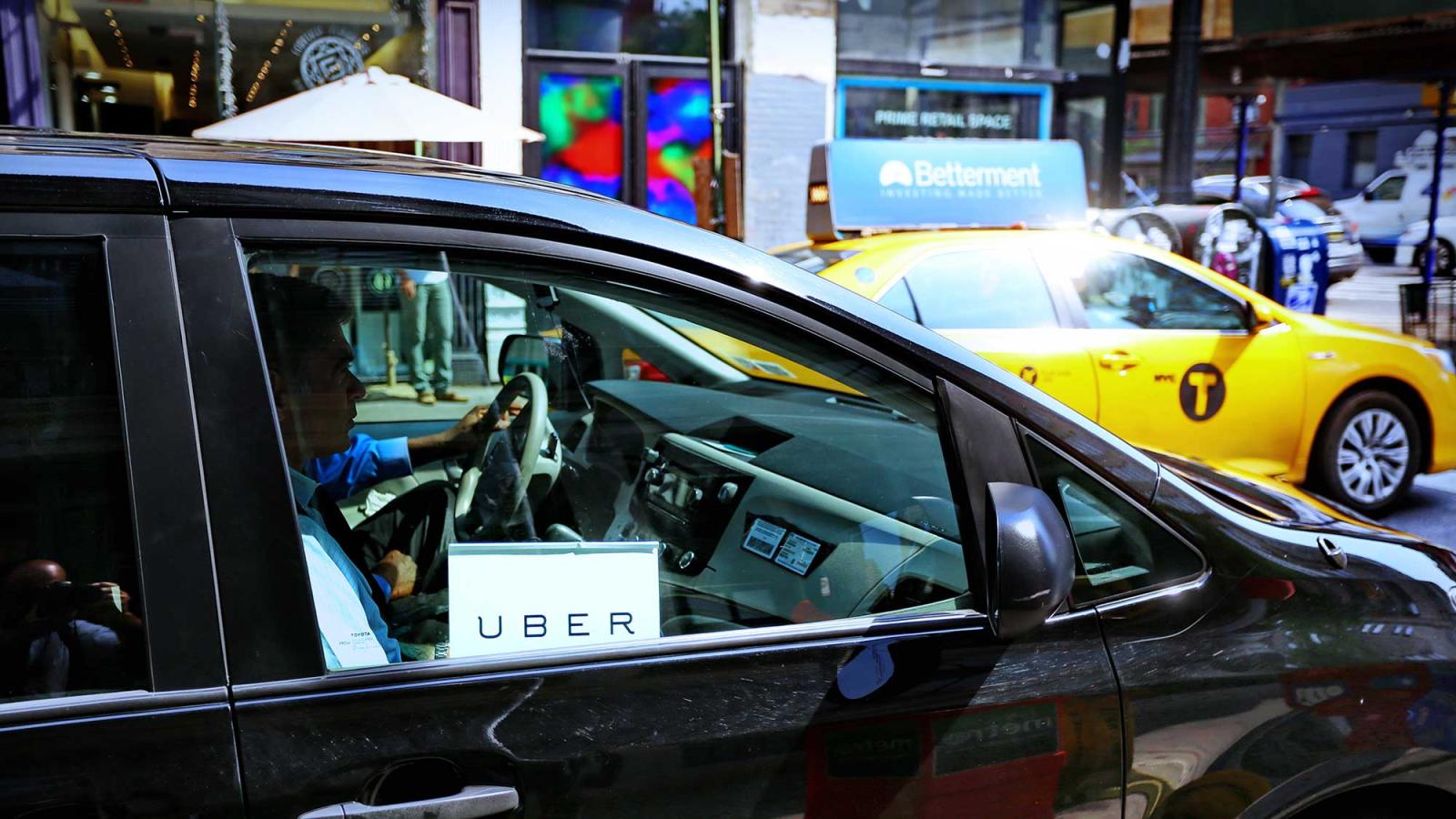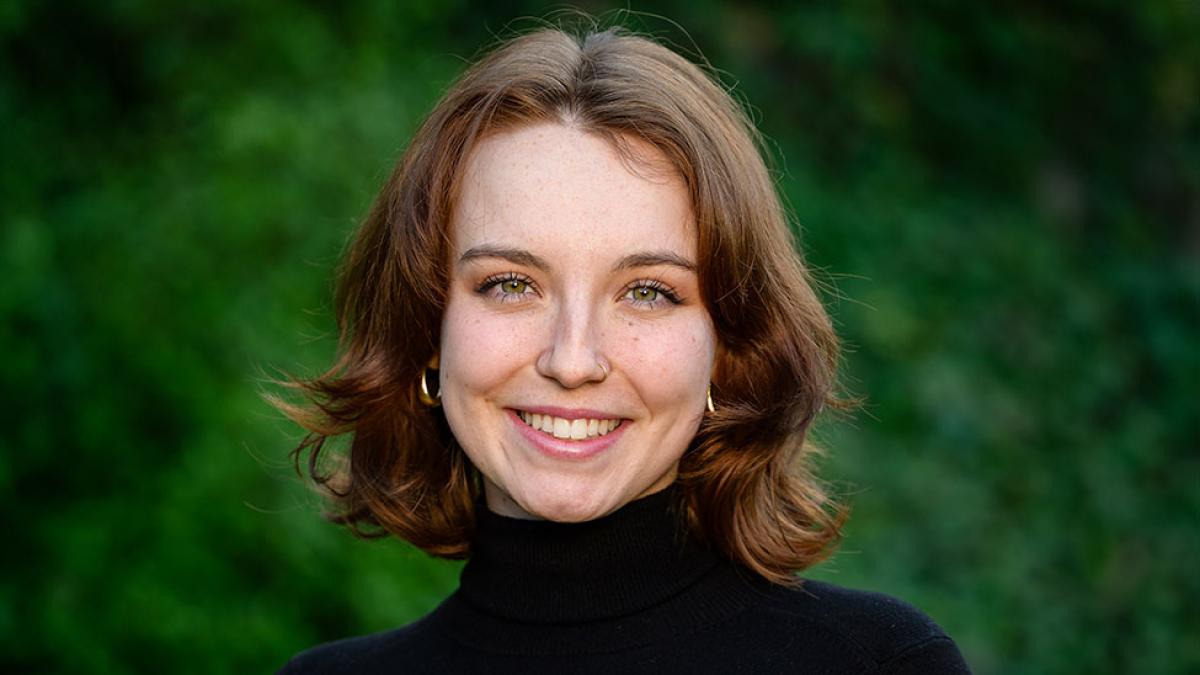Saloni Pasad has taken advantage of everything Seidenberg’s Human Centered Design program has to offer; including working with the NYC Design Factory, earning her a trip to Switzerland to explore how today's technology can provide tomorrow's food.
Ride-hailing Apps and the Future of Urban Transportation

If you walked around New York City 15 years ago compared to today, you might notice some major differences in daily activity. The most obvious is that a large percentage of pedestrians are perpetually glued to the glowing rectangular device in their hand. But arguably the second most obvious change is the significant decline in pedestrians hailing the city’s famous yellow taxis—instead, we have collectively shifted to using these aforementioned rectangular devices to call upon random vehicles to serve the purpose that taxis previously dominated.
It’s no secret that ride hailing apps such as Uber and Lyft have transformed the urban landscape. This is a phenomenon that Seidenberg Information Systems major Arjuman Hossain ’25 has long been interested in—likening the massive shift to others predicated by recent technological innovations.
“One example I can give—Blockbuster declined due to the rise of Netflix,” says Arjuman. “Netflix offered a more convenient, cost-effective streaming service. And now you see streaming is a multi-billion-dollar industry. Ride-hailing apps have now become a multi-billion-dollar industry and it’s only going to increase from here.”
Blockbuster declined due to the rise of Netflix. Netflix offered a more convenient, cost-effective streaming service. And now you see streaming is a multi-billion-dollar industry. Ride-hailing apps have now become a multi-billion-dollar industry and it’s only going to increase from here.
Curious as to how ride-hailing apps have changed the landscape of city life, Arjuman applied for the Provost’s Office 2023–2024 student-faculty undergraduate research award. His project, titled “Assessing the Transformative Influence of Ride-Hailing Applications on Urban Mobility Patterns,” seeks to examine the ways in which ride-hailing has affected traffic patterns and commuting behaviors, to better understand the complex problems and opportunities that have arisen with respect to integrating these platforms into the urban transportation ecosystem. Seidenberg Professor of Information Technology Catherine Dwyer, PhD, is serving as Arjuman’s mentor.
“It’s really been a pleasure working with Arjuman,” says Dwyer. “He came up with this idea, and he’s really quite mature for an undergraduate in terms of research; there are some graduate students who might have more struggles than he’s had,” she added.
Over the past few months Arjuman has been busy delving into the data. The research is solely focused on New York City currently, making use of NYC Open Data as a primary resource; from which Arjuman is synthesizing findings via the programming language Python.
“We’ve been able to generate a lot of graphs and analyze the data,” says Arjuman. “One of the things we found that was really interesting was a significant decline in yellow taxis—another thing we found was that there were many declines in urban mobility patterns, particularly during the COVID-19 pandemic. We found that ride-hailing services has bounced back more quickly compared to public transit options now that the pandemic is pretty much over.”
“One of the nice things about research is you always find something you’re not looking for,” noted Dwyer. “It’s quite disturbing to see how bad it’s been for the subways and the buses to bounce back from COVID—there’s been a lot of federal funding to keep the city processes working and that’s going to be turned off pretty soon. As a city resident I’m really concerned about not investing in mass transit and not keeping the level of service as it is. It’s very shortsighted.”
Arjuman and Dwyer are both very excited about the potential of this research, given that the nature of ride-hailing apps is still an under-examined area in relation to mobility patterns, and the information gleaned can help massively in terms of urban planning and transportation studies through defining the ways in which individual move through the city today. Arjuman and Dwyer are excited about publishing the work and presenting at academic conferences, and have been starting to plan for that process.
“I hope that when I publish my research, other researchers can use it to benefit them. That’s one of my motivations for being part of this program,” says Arjuman.
This summer, Arjuman will further his understanding of the complexities of New York City transportation, having landed an internship at New York City’s Taxi and Limousine Commission that will call on him to employ his data analytics skills. He views both the research and the internship as a natural launch pad to his ideal career—which as he notes, would be something related to public transportation.
As his body of work shows, Arjuman is well on his way to making a major impact in an increasingly important field—and hopes to help to alleviate our collective traffic and commuting headaches in the process.
More from Pace
Clandestine methamphetamine labs: they’re a growing problem and can be a nightmare for unsuspecting homeowners. Dyson Professor Karen Caldwell and student researchers such as Morgan Amos are on the case, aiming to develop practical and effective remediation solutions.
Serving as a peer leader, resident assistant, and volunteer, Psychology major Charlotte MacNeal's diverse experiences and mentorship roles have shaped her journey. With internships in MedTech and impactful research on intergenerational trauma, she credits the supportive faculty and plans to pursue a career in consulting for MedTech companies upon graduation, offering insightful advice to current students.


